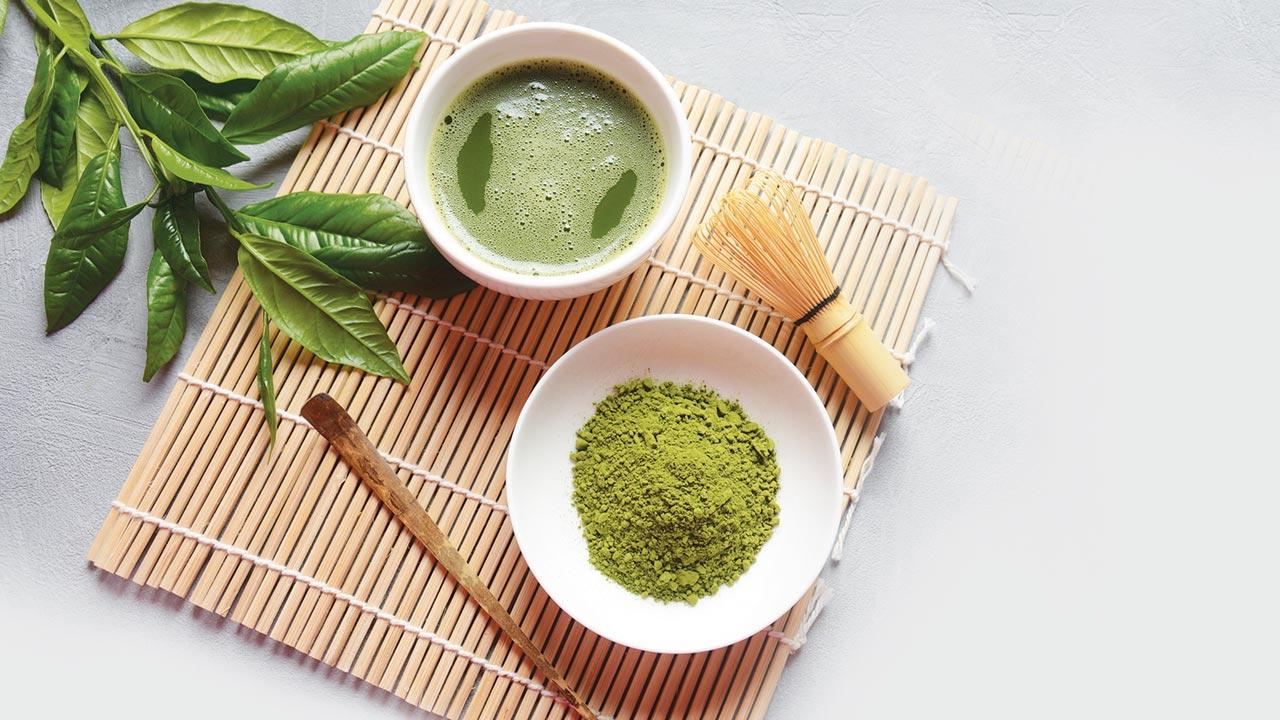🇮🇳 HAL Tejas: India’s Indigenous Fighter Jet Taking Flight
🇮🇳 HAL Tejas: India’s Indigenous Fighter Jet Taking Flight
🔹 Introduction
In a world dominated by imported military technology, India’s HAL Tejas stands tall as a symbol of self-reliance, innovation, and aerial might. Developed under the "Make in India" initiative, the Tejas Light Combat Aircraft (LCA) is India's first fully indigenous fighter jet. It may be small in size, but it’s a powerful game-changer for India's defence and aerospace ambitions.
Let’s explore what makes the Tejas jet special, what challenges it overcame, and how it compares with global aircraft.
🔹 Quick Overview of HAL Tejas
| Feature | Details |
|---|---|
| ✈️ Name | HAL Tejas |
| 🏭 Developer | HAL (Hindustan Aeronautics Limited) |
| 🔬 Designed By | Aeronautical Development Agency (ADA) |
| 🚀 Aircraft Type | Lightweight, Multirole 4+ Generation Fighter |
| 🛫 First Flight | 4 January 2001 |
| 👨✈️ Crew | Single-seat (Trainer variant: Two-seat) |
| 🇮🇳 Status | Inducted in Indian Air Force and under continuous upgrades |
🔹 Key Features of Tejas
✅ Lightweight and Agile
Tejas is a single-engine, delta-wing fighter made using composite materials, making it highly maneuverable and lightweight, ideal for air-to-air dogfights and ground attack missions.
✅ Speed and Range
-
Top Speed: Mach 1.6 (~2,000 km/h)
-
Range: 1,700 km (can be extended with refueling)
-
Service Ceiling: 15,000 m (50,000 ft)
✅ Weapon Capabilities
-
Air-to-Air Missiles: Derby, R-73, Astra (India’s own)
-
Air-to-Ground Missiles: Laser-guided bombs, precision-guided munitions
-
Bombs: Cluster bombs, gravity bombs
-
Gun: GSh-23 twin-barrel cannon (23 mm)
✅ Avionics
-
Glass cockpit with digital fly-by-wire control
-
Multi-mode radar (Elta EL/M-2032, and future AESA upgrades)
-
Indigenous Uttam AESA radar in development
🔹 Variants of Tejas
-
Tejas Mk1 – Already inducted by IAF
-
Tejas Mk1A – Upgraded version with better radar, avionics, EW systems (Ordered: 83 units)
-
Tejas Mk2 – Medium-weight fighter (under development)
-
Twin-seater Tejas – For training and multirole missions
-
Naval Tejas – Carrier-based variant (used for trials)
🔹 Tejas vs Other Jets (Performance Comparison)
| Jet | Country | Role | Max Speed | Radar | Verdict |
|---|---|---|---|---|---|
| HAL Tejas Mk1A | 🇮🇳 India | Multirole | Mach 1.6 | AESA (Uttam/Elta) | Lightweight, agile, budget-friendly |
| JF-17 | 🇨🇳 China / 🇵🇰 Pakistan | Multirole | Mach 1.6 | KLJ-7 radar | Less agile, lower avionics |
| Gripen | 🇸🇪 Sweden | Multirole | Mach 2 | AESA | Advanced, costlier |
| F-16 | 🇺🇸 USA | Multirole | Mach 2 | AESA (later models) | Powerful, proven, costly |
Tejas is not meant to compete with heavyweight jets like Rafale or Su-35. It’s designed to replace MiG-21, fill light fighter roles, and support medium/heavy aircraft.
🔹 Why Tejas is Important for India
-
🔧 Make in India: Over 60% indigenous content
-
🚫 Reduces Import Dependence: Replaces aging foreign aircraft like MiG-21
-
🌐 Exports Potential: Interest shown by Malaysia, Argentina, Egypt, Philippines
-
🧠 Boosts R&D Ecosystem: Encourages aerospace development and private sector involvement
🔹 Tejas in Indian Air Force
-
First squadron: No. 45 "Flying Daggers", Sulur Air Base
-
Second squadron: No. 18 "Flying Bullets"
-
Over 100 jets to be in service by 2030, including Mk1A
India plans to build over 350 Tejas variants, making it the backbone of IAF’s future fleet.
🔹 Global Export Push
India is actively pitching Tejas to:
-
Malaysia (in advanced talks)
-
Philippines
-
Egypt
-
Argentina
-
Sri Lanka
HAL is offering Tejas as a cost-effective alternative to costly Western fighters, with the benefit of customizable systems and low maintenance costs.
🔹 Challenges Tejas Faced
-
Development delays: Project began in the 1980s, faced funding and design setbacks
-
Engine dependence: Still uses GE F404/F414 engine (U.S.-made)
-
Radar and weapons integration took years
-
Naval variant faced take-off/landing issues
Despite challenges, Tejas has now cleared all major flight and safety trials and is set for mass production.
🔹 Future of Tejas Program
-
Tejas Mk1A: More indigenous parts, better radar, refueling probe, AESA, improved EW suite (First delivery by 2024–25)
-
Tejas Mk2: Larger, twin-engine-like features with more range and firepower
-
AMCA (5th Gen): Inspired by Tejas program, India is also developing a stealth fighter
🔹 Conclusion
HAL Tejas is not just a fighter jet – it’s a symbol of India's defence independence. Compact, versatile, and cost-effective, it has proven that Indian engineers can produce world-class military tech. While it may not match the might of 5th-generation jets, its evolving versions ensure India has a solid homegrown alternative for future conflicts and exports.
As India focuses more on Atmanirbhar Bharat (Self-Reliant India), Tejas remains a shining example of what Indian science, industry, and defence collaboration can achieve.
🔍 FAQs
❓ Is Tejas better than JF-17?
Yes. Tejas has better build quality, radar, avionics, and flight safety records compared to JF-17.
❓ Is Tejas a stealth aircraft?
No. It has some low-observable features but is not a full stealth jet.
❓ Can Tejas compete with Rafale?
No. Tejas is a light combat aircraft; Rafale is a medium multirole fighter with more power and weapons.
❓ How many Tejas jets does India have?
As of now, over 40+ Tejas jets are in IAF service, and 83 Mk1A variants are on order.



Post a Comment